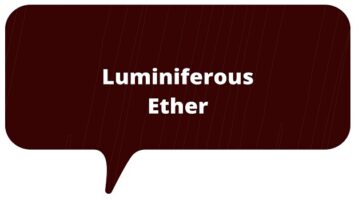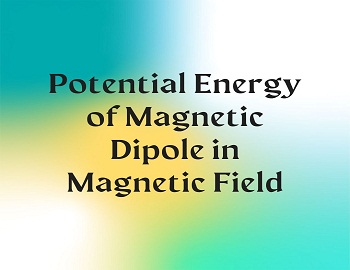Table of Contents
Vector Atom Model:
The vector atom model is an extension of the Rutherford, Bohr. Sommerfeld atom model on new lines, divided not only to remove the limitations of the previous models but also to cover new fields of experimental observations. The original simple theory of Bohr was absolutely incapable of explaining the fine structure of spectral lines even in the simplest hydrogen atom, Sommerfeld’s modifications through giving a theoretical justification of the splitting of the individual spectral lines of hydrogen into fine structure components met with only partial success. Hence, these older atom models were quite inadequate to tackle more complex atoms. Soon, other new experimental data, such as the anomalous Zeeman Effect, Stark effect, etc. brought out this insufficiency of the older theories with still greater force. New ideas were therefore introduced partly by analogy, and partly by empirical methods in the interpretation of more complex spectral phenomena and their relation to atomic structure, which finally, resulted in what is known as the vector atom model. Among the physicists who have contributed to the accomplishment of this really monumental work, special mention must be made of Bohr, Sommerfeld, Uhlenbeck, Goudsmit, Pauli Stern, and Gerlach.
Description of the Vector Atom Model:
The two essential features that characterize the vector atom model and differentiate it from the other models are the conception of quantization of direction or spatial quantization and spinning electron.
Spatial Quantization:
We have seen the Bohr-Sommerfeld orbits are quantized as regards their magnitude, i.e., their size and form. But quantum theory demands more than this, viz. quantization also of direction of orientation of the orbits in space, i.e., it selects from the continuous manifold of all possible positions of the orbits in space, permitted by classical ideas, a discrete number conformable to quantum conditions. The introduction of such a spatial quantization makes the orbits vector quantities. To quantize spatially we need, of course, a certain preferential direction with respect to which the orbits may have their discrete orientations. Such a direction of reference may be obtained by an external field of force, but whose strength tends to zero so that it may disturb the orbits to the minimum. To determine the quantized orientations relative to the field direction, we are guided by the fact that the projections of the orbits on the field direction must themselves be quantized. This new idea of spatial quantization was first proposed and worked out by Sommerfeld in connection with the explanations of the Zeeman effect, i.e., the splitting of spectral lines under the influence of an applied magnetic field.
Spinning Electron:
In order to explain satisfactorily some of the intricate spectral phenomena such as the fine or multiple structure of lines, the Zeeman Effect, both normal and anomalous, etc., Uhlenbeck and Goudsmit put forward in 1925, the hypothesis of the spinning electron. According to it, the electron revolves not only in an orbit around the nucleus but also about an axis of its own, somewhat like our earth, which not only revolves around the sun but also rotates on an axis of its own.
These two new factors, spatial quantization, and spinning electron brought in profound modifications to the atom model. The electron in the atom will be endowed with two angular momenta, one due to orbital motion and the other due to spin. In consequence, the total angular momentum of the atom will be no longer due simply to the orbital motion of the electron but also due to the spin of the electron. According to the quantum theory, the spin motion, like the orbital motion, is to be quantized, which will therefore introduce a new quantum number, known as the spin quantum number, in addition to the orbital quantum number. Further, as both the orbital and spin motions are to be quantized not only in magnitude but also in a direction according to spatial quantization, they are to be considered quantized vectors. It is this special feature that is a valuable addition to the atom model.
Since the rotation of a charged body gives rise to a magnetic moment, the electron will be endowed with two magnetic moments, one due to orbital motion and the other due to spin, so that the magnetic moment of the atom will be the resultant of two magnetic moments, the orbital and spin magnetic moments, which are also quantized vectors for the reasons given above.
As the different components that determine the state of the atom such as the orbital and spin motions are all quantized vectors, the atom model built on such considerations is aptly called the vector atom model to which vector laws apply.









Comments (No)